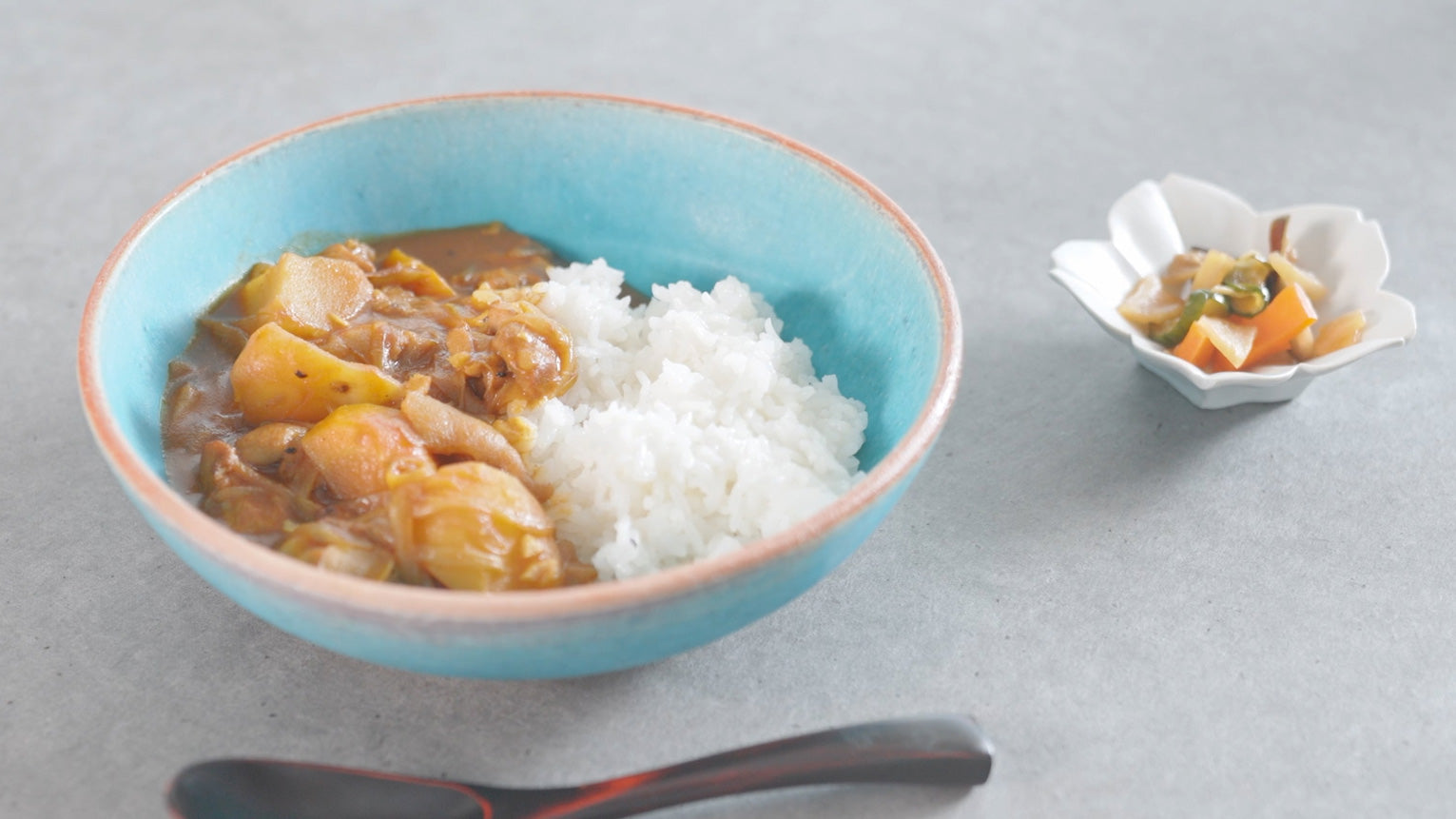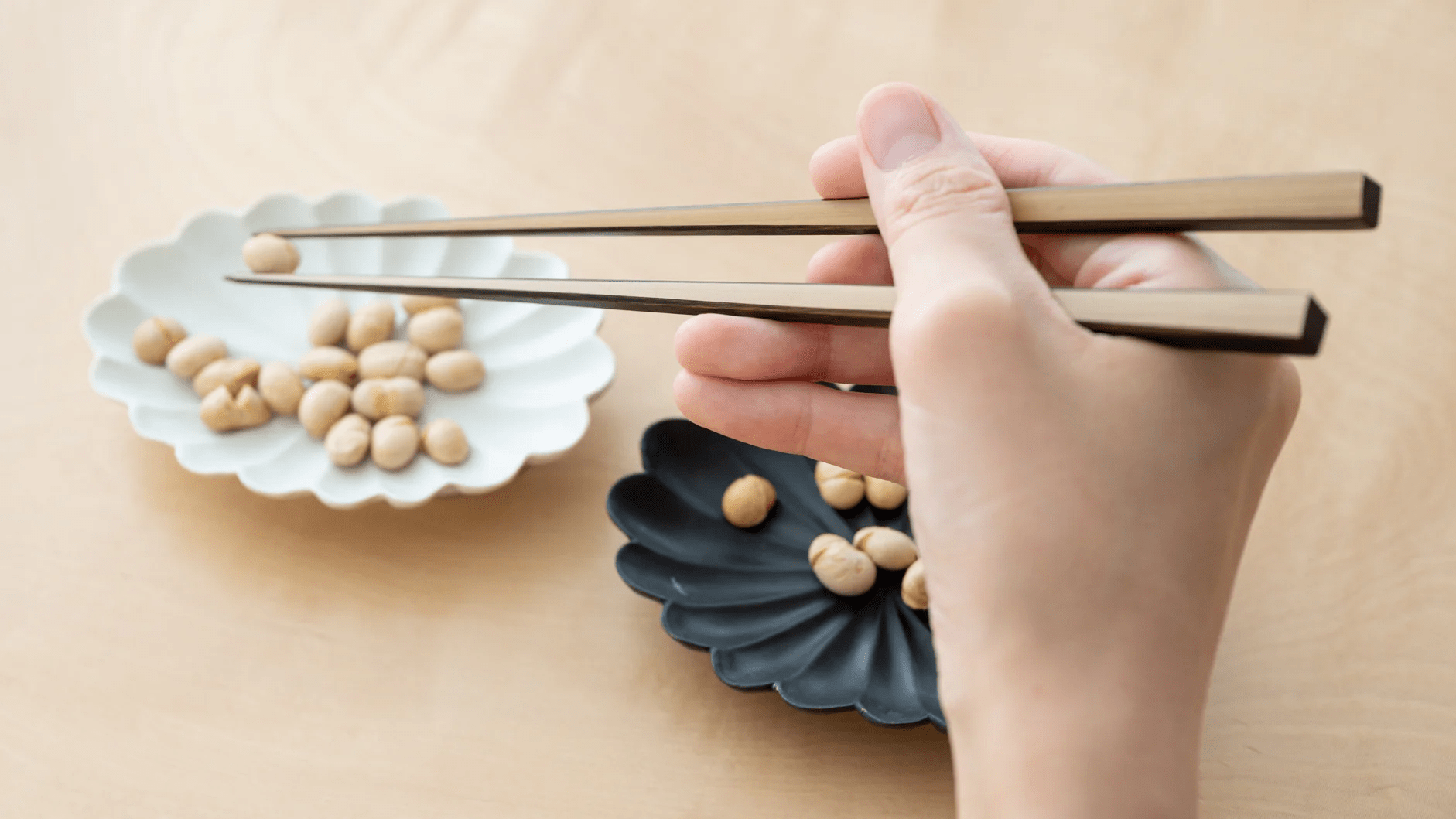
Crafting with Earth and Fire: An Exclusive Look at Kiln Unloading
Written by Team MUSUBI
"Would you like to come and see the kiln opening in November?" We received this invitation back in August from Mori Toshiaki, the master of the Bizen ware producer, Hozan Kiln.
Although we've visited various pottery-producing areas, seen the works, and spoken with potters, the chance to witness the actual creation process is rare. Especially at Hozan Kiln, the biannual kamadashi, "kiln unloading" – the moment freshly fired pieces are removed from the kiln – is a precious event. We embarked on our journey to Okayama, excited for this unique experience.
tables of contents
Arrival at Hozan Kiln

Okayama's southeastern city of Bizen, known for its firebricks manufacturing and fishing, is also the home of Bizen pottery. Pottery kilns and galleries line the street known as the Old Sanyo Road, and there stands Hozan Kiln. We were greeted by Mori Toshiaki, a direct descendant of the six Bizen pottery families and a central figure in pottery-making at Hozan Kiln.
The usual scene of pottery wheels spinning was replaced by freshly kilned pieces being arranged. The studio, it seems, also hosts Bizen ware workshops periodically.
Entering the Kiln Area

The temperature in certain areas reaches about 1150°C (2102°F), peaking over 1200°C (2192°F). Usually, the large kiln is fired once a year, but due to increased participant numbers, it now operates twice yearly.
Kiln firing is done in three shifts by six members. Initially, three people manage the front firebox, later joined by teams on each side, working in pairs. This firing session spanned eight days. The front chamber takes about a week to fire. As the next chamber is connected, it reaches around 1000°C (1832°F), with an additional half-day required to raise the temperature by 200 degrees to 1200°C (2192°F). The temperature is gradually increased from the front to the rear chamber.
Though not publicized this time, the kiln opening is an event open to anyone interested. The talisman on the front is distributed during the annual May festival at Inbe Shrine, intended for pottery-related individuals. It is a part of a ritual for a safe kiln firing.

The Kiln Unloading


The front pieces, adorned with the goma "sesame" design formed by flowing ash, take our breath away. Their beauty lies in their simplicity and the natural interplay of clay and fire. Seeing these freshly made pieces, Mori is meeting them for the first time too, evoking a newfound appreciation for Bizen ware.

The goma pattern is created by the ash settling on the front pieces. The amount of ash that naturally falls is limited, so ash is intentionally added when loading the kiln to create more distinct patterns.
From the second row onwards, where ash doesn't reach, charcoal is sprinkled around the pieces to create the sangiri pattern. I inquire about some pieces lying on the ground. "These are intentionally rolled to alter the flow of ash, creating patterns. However, sometimes accidents happen, and they stick together."

Difference with Gas Kilns

"Recently, we've started firing hidasuki in the rear chamber. If we can control it well, we'd like to continue using the rear chamber."
Delivery to Musubi Lab

Asking his opinion on the current batch, he seems satisfied. "I think they've turned out quite well this time. The ash has flowed nicely, and they've fired beautifully. Maybe even better than our sample prototypes."

From Clay to Kiln

Listening to Mori, it became clear what the phrase "limited production due to handcrafting" really means. The seamless operation relies on a well-orchestrated cycle involving a range of factors: the materials used, the skilled hands of the potters and those who manage the kilns, the size of the kiln itself, and the ongoing maintenance required. This entire process is intricately linked, forming an unbroken chain of activities. The kiln operates non-stop, diligently meeting the ever-present demand for orders.

And Mori's words, "You never know the quality of the finish until the kiln is opened," profoundly resonate. The deep allure of not knowing the outcome until confronting the finished pieces, a product of the collaboration between man and nature, is perhaps what makes Bizen ware truly the "art of earth and fire."







Leave a comment
This site is protected by hCaptcha and the hCaptcha Privacy Policy and Terms of Service apply.